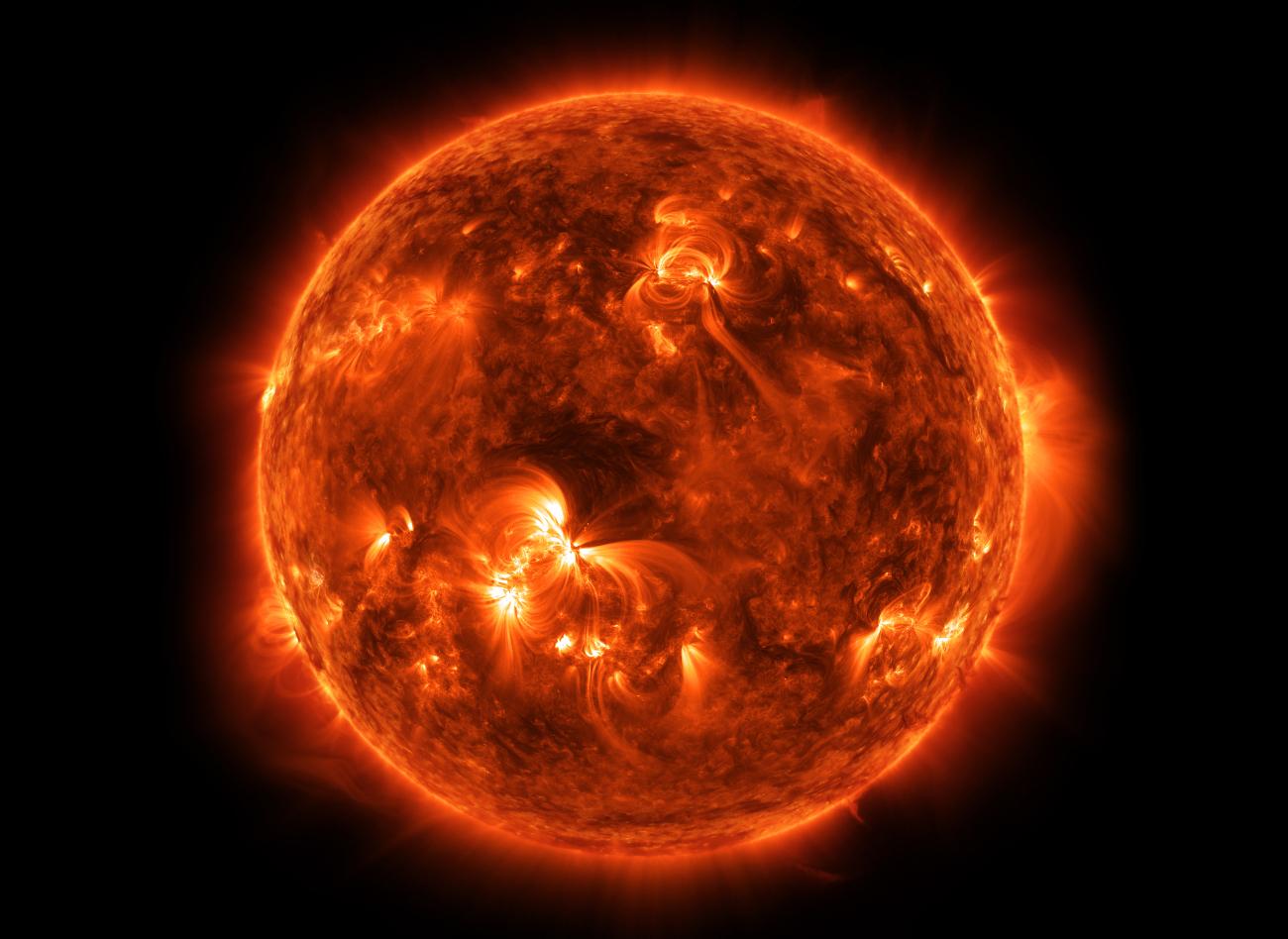
SPARCS
Star-Planet Activity Research CubeSat
Welcome
The Star-Planet Activity Research CubeSat (SPARCS) is a small space telescope about the size and shape of a family-size cereal box. The science mission which SPARCS will undertake is monitoring the flares and sunspot activity of low-mass stars of M and K spectral type, in the far- and near-ultraviolet to assess how habitable the space environment is for planets orbiting these kinds of stars.
Roughly 50 billion low-mass stars in the Milky Way host at least one small planet in the habitable zone (HZ). The stellar ultraviolet (UV) radiation upon the planets from their low-mass stellar hosts is strong and highly variable and impacts the planet's atmospheric loss, composition, and habitability. These effects are amplified by the extreme proximity of their HZs (0.1-0.4 AU). The James Webb Space Telescope (JWST), the Habitable Worlds Observatory (HWO), and up-coming extremely large ground-based telescopes aim to characterize HZ K and M dwarf planets and attempt the first spectroscopic search for life beyond the Solar System. Knowing the UV environments of planets around low-mass stars is crucial to understanding their atmospheric composition and a key parameter in discriminating between biological and abiotic sources of observed biosignatures. SPARCS, a NASA-funded CubeSat observatory, is the first mission to provide the time-dependent spectral slope, intensity, and evolution of the UV radiation from low-mass stars, including the strongest and rarest flares. As demonstrated by planet atmosphere models, these measurements are crucial to interpreting observations of planets around low-mass stars. For this, it is necessary to extend the UV time-domain knowledge from timescales of hours to months. A dedicated monitoring experiment, such as SPARCS, is the only way this is achievable.
SPARCS is a 6U CubeSat devoted to monitoring 20 low-mass stars in two UV bands: SPARCS far-UV (S-FUV: 153--171 nm) and SPARCS near-UV (S-NUV: 260--300 nm). For each target, SPARCS will observe continuously between one and three complete stellar rotations (5--45 days) over an initial baseline mission of one year. The three science and technological objectives for the SPARCS program are: (1) Quiescent low-mass Measurements: Measure the short- (min.) and long-term (weeks) variability and time-integrated absolute flux of young and old M stars in the NUV and FUV. (2) Flare Measurements: Measure flare color, flare energy, flare frequency, and duration of flares states for young and old low-mass stars in the NUV and FUV. (3) Technology demonstration of UV delta-doped detectors and detector-integrated metal dielectric filters (MDF) developed by the Jet Propulsion Laboratory in space.
Timeline
SPARCS will be ready for launch by the end 2024 and launched as a ride-share to a Sun-synchronous low-Earth orbit in early 2025.
